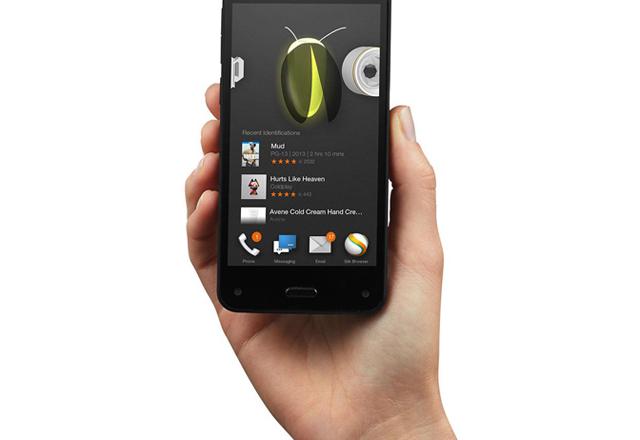You are here
How far will smartphones go?
By Jean-Claude Elias - Dec 08,2016 - Last updated at Dec 08,2016
They have already adversely affected sales of cameras, scanners and printers by fulfilling their functions, by practically replacing them. How far will smartphones go, replacing more and more devices, albeit sometimes only partially and not performing as well as the originals?
Few digital tools are as versatile and multifunctional as smartphones. Suffice it to see the number of apps available out there and that can do a zillion things.
Even when software applications alone are not enough to perform certain tasks, designers succeed in creating physical attachments, small extension hardware to the smartphone that works in conjunction with the app and does the trick.
SanDisk company has recently announced USB flash drives that you connect directly to a smartphone the same way you would do it to a laptop or desktop machine. This gives you instant, removable storage of up to 128GB, on the go — et voilà. Who needs a laptop then?
By adding an iRig (tradename) interface to your smartphone and downloading an appropriate app, you turn your handset into an incredibly powerful electric guitar effect box. The musical instrument plugs into the iRig that is the size of a pack of cigarettes, and the app allows you to play and choose amongst a mind-blowing variety of guitar sounds.
You can output the sound either to a headphone or to an external amplifier of your choice; even a 200-watt Marshall if you like. For about $50 (excluding the Marshall price, it’s understood…), this lets you achieve what used to cost 15 to 20 times more and was a rather bulky setup, before smartphones were invented.
But the best is probably yet to come. Medical diagnosis possible at home is what will really constitute a new revolution; and it’s on its way. Checking heart rate and other simple vital signs is already available, as is glucose monitoring for diabetes affected patients. Heart rate does not require any addition external advices, just press your finger gently against the camera’s lens and the smartphone’s app will measure it in a few seconds. Glucose monitoring requires the addition of a pocketsize attachment, just like the guitar effect box, and that lets you monitor your glucose level.
But the smartphone industry is preparing for much more important medical applications and the future of home medicine will go much further.
It is expected that MRI scanning with a smartphone will be possible sooner than we may think. This will open the door to early cancer detection, at home. As incredible as it may sound it is true. And to think that the first hospital MRI scanners operating in Jordan some 20 or 25 years ago were as big and heavy as a car and as expensive as buying an apartment!
MRI scanning with a smartphone was tested experimentally as early as in 2011 at Massachusetts General Hospital, in the USA. It was done with a small 0.5 tesla magnet, by scanning small body parts. Big MRI hospital scanners usually have magnets of about 10 teslas. Research, mainly in the USA and in Japan, indicates that practical MRI scanners that attach to smartphones may become household items in five to seven years.
The smartphone market is still hot despite occasional disappointments and failures. The ill-fated Samsung Galaxy Note 7 with its exploding batteries was such an example. But despite the negative impact on its manufacturer, it does not really seem really affected by the temporarily setback and there are already rumours on the Web of the upcoming Galaxy S8 smartphone. In the meantime the misfortune of the Note 7 is benefitting the local Jordanian market that has recently seen the price of the Galaxy S7, the nearest thing to the Note 7 and still a top of line, excellent handset, being dropped to under JD500.
Related Articles
What I find fascinating about Amazon’s Fire phone isn’t the gizmos such as the 3-D imagery or the camera scanner that helps you get more information about products.
Send it as e-mail attachment? Upload it so as to share it then on Dropbox? Just transfer it via a cable from one device to the other?
Like in all fields, the weakest link principle applies all the time in Information Technology.You may be enthusiastic about your recent Inte

















